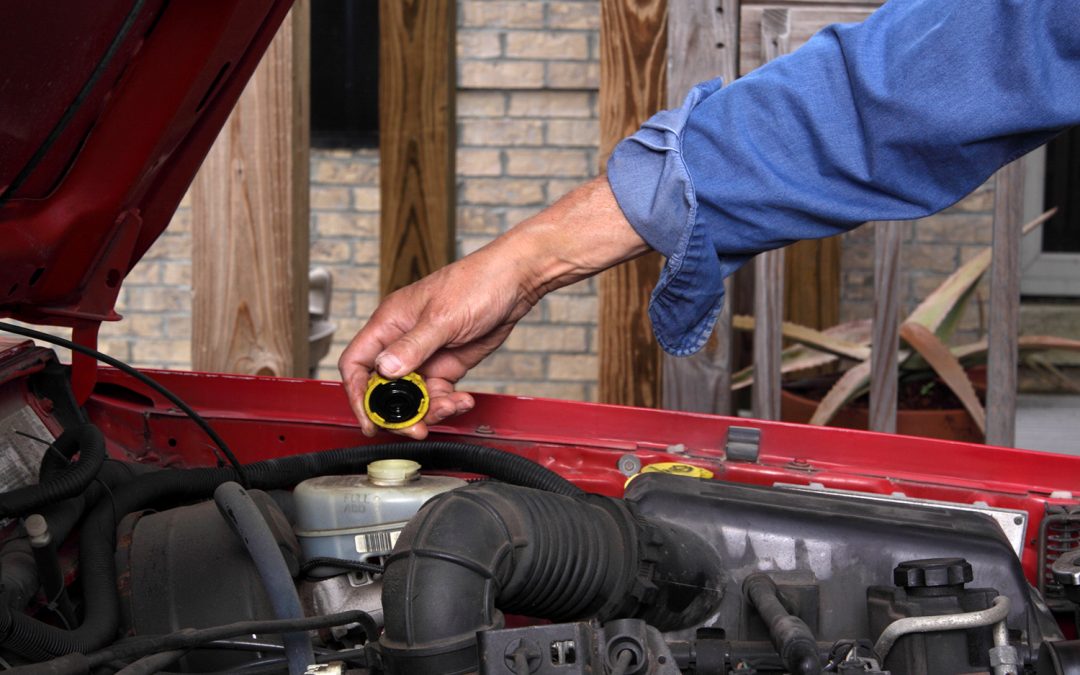Most brake fluid that is in use today is glycol-based. It naturally absorbs moisture that is present in the air at about 1.5% to 3% each year. In very humid climates, this rate can be much higher. Moisture can accumulate in the brake lines through microscopic pores found in brake hoses, joints, seams and seals.
When brake fluid absorbs more and more water, it tends to boil at lower and lower temperatures while a car is running. A braking system works by converting mechanical energy into friction and the dissipating heat will make its way to the brake fluid through the hoses and lines.
Boiling brake fluid changes it from a fluid state to a gas and then bubbles. This allows it to compress and leads to brakes that are squishy on the pedal with a much lower stopping power. The brake pedal can sink entirely to the floor and the braking system fails. This is why a brake fluid flush is very important.
When brake fluid absorbs water continually by being naturally hygroscopic, it will create corrosion on the metal brake lines and the moving parts, such as the master cylinder pistons and calipers. These parts actually corrode from the inside outward. Metal brake lines that fail lead to partial or complete brake system failure on vehicles.
In addition, corrosion that is gritty on the surfaces of brake parts causes all the seals to wear and eventually leak. Calipers will bind to the point where they will no longer release or even partially apply the brakes. Brake fluid flushes prevent customers from needing expensive replacement parts that should not wear as quickly if the system has clean fluid in it without excess water.
The best practice is to flush and refill brake fluid every two to four years to prevent problems of viscosity and deterioration of parts as preventative maintenance. Different vehicle manufacturers have their own schedule for flushing brake fluid, though some do not even mention it in the vehicle’s owner manual. This process is actually a necessity and not just important to the braking system.
The easiest way to do a brake fluid flush is to use a pressure bleeder to add new fluid as the old fluid is removed with a hand pump on it. When the brake bleeder screws are opened the pressure from air pumping into the system forces out the old brake fluid. If a pressure bleeder is not available to you, you can enlist an additional technician to bleed the brakes manually with the brake pedal being depressed.
Source: http://www.carid.com/articles/why-is-it-important-to-do-brake-fluid-flush.html

